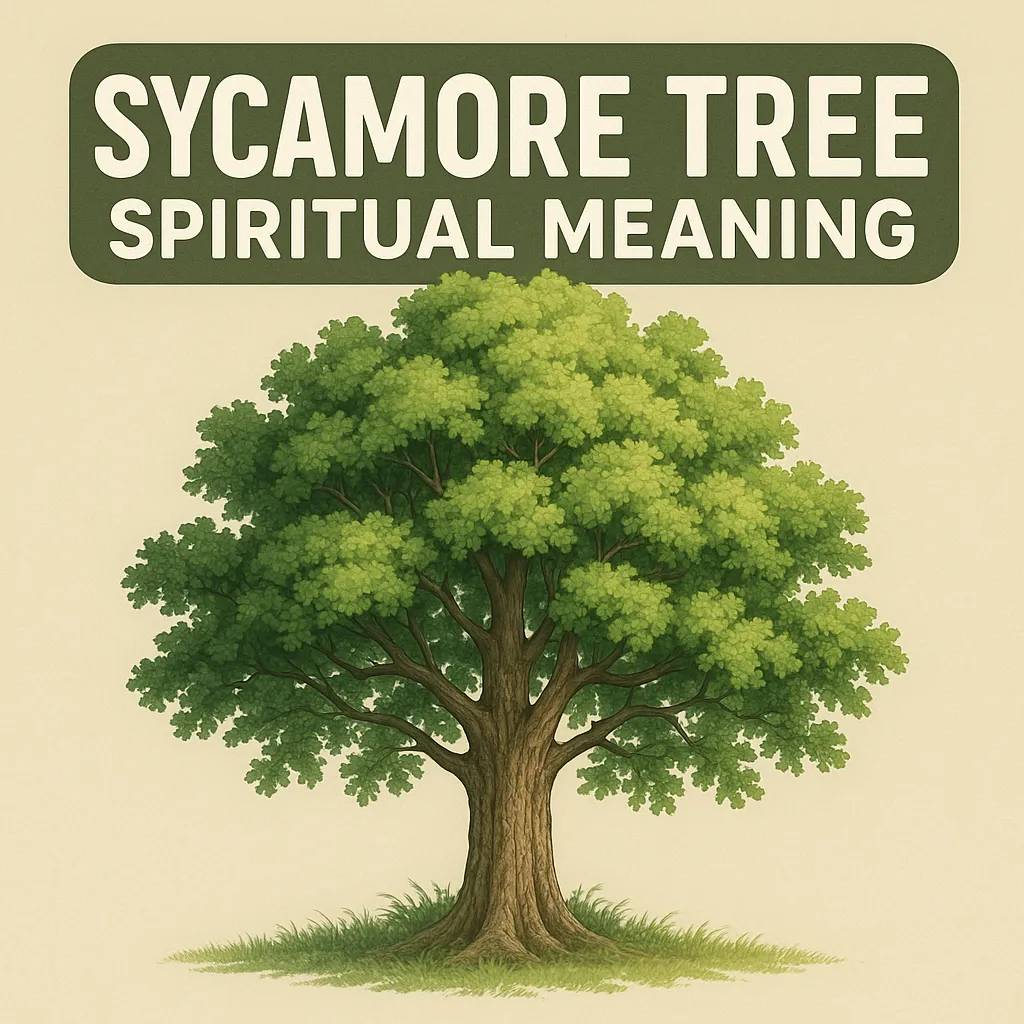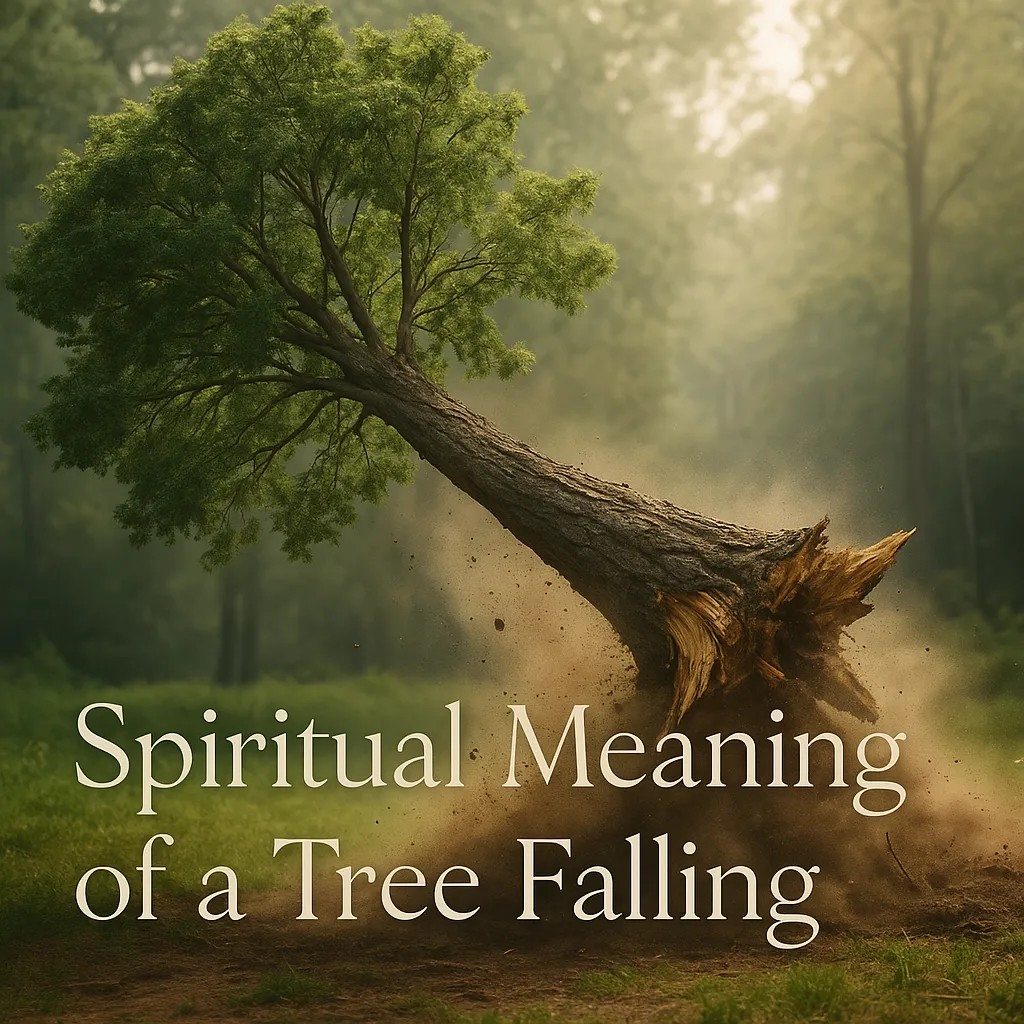|
Getting your Trinity Audio player ready...
|
The subtle buzz of a fly in your quiet home can feel like more than a mere nuisance. Those moments when flies appear persistently, seemingly from nowhere, often stir a deep intuitive response within us. For thousands of years, across continents and cultures, these tiny visitors have been regarded as carriers of profound spiritual messages. The humble fly – so easily dismissed in our modern world – has been both revered and feared, awarded as medals to Egyptian warriors and cast as harbingers of decay. Their presence in your sacred home space might be inviting you to look beyond the annoyance toward ancient wisdom that transforms these uninvited guests into messengers of personal transformation.
Table of Contents
- 1 Key Takeaways
- 2 The Transformative Symbolism of Flies
- 3 Cultural Interpretations Across Traditions
- 4 Common Questions About Flies in Homes
- 5 Practical Applications: Working with Fly Energy
- 6 The Shadow Wisdom of Flies: Embracing Decay and Renewal
- 7 Common Misconceptions About Flies in Spiritual Contexts
- 8 The Deeper Meaning: Flies as Threshold Guardians
- 9 FAQ
- 10 Sources
Key Takeaways
- Flies symbolize transformation and change across many spiritual traditions, reflecting their complete metamorphosis life cycle
- Ancient Egyptians awarded golden fly medals for bravery, while Biblical texts used flies as symbols of moral consequence
- Native American traditions view flies as messengers between worlds, carrying communications from ancestors and spirits
- The presence of flies can invite us to examine what needs to be released or cleansed in our lives, both physically and spiritually
- Working with fly symbolism offers powerful lessons in adaptability and resilience for modern spiritual practice
The Transformative Symbolism of Flies
When we observe the life of a fly, we witness one of nature’s most profound demonstrations of complete metamorphosis. From egg to larva, pupa to adult, the fly undergoes a total transformation that has captivated spiritual thinkers for millennia. This remarkable journey serves as a perfect metaphor for our own spiritual evolution.
The fly’s life cycle begins as a tiny egg, nearly invisible to the human eye. It then transforms into a larva (maggot), a stage of intense growth and consumption. Next comes the pupa stage – a period of apparent stillness where the most dramatic transformation happens invisibly within. Finally, it emerges as a completely different creature – the adult fly with wings and new capabilities.
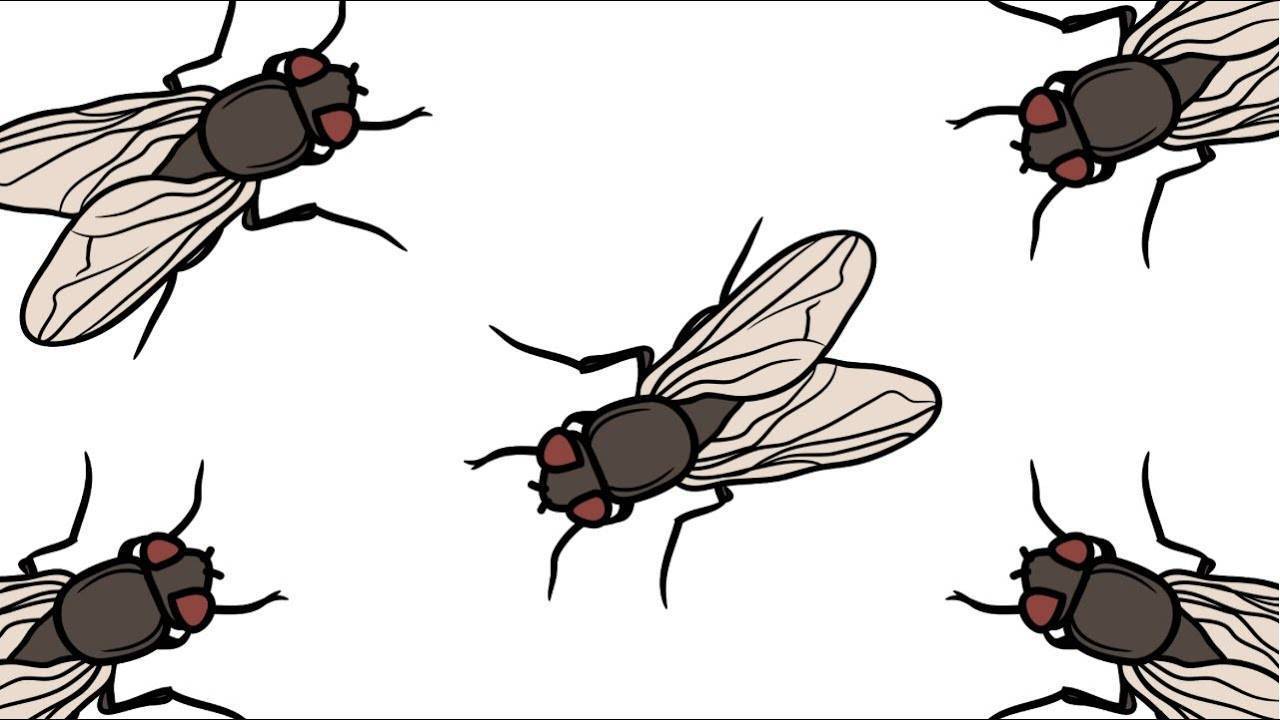
This process parallels human spiritual awakening. We too experience stages of consumption (learning), withdrawal (contemplation), and emergence (enlightenment). The fly reminds us that periods of seeming darkness or confinement – our own pupal stages – are often necessary precursors to our greatest personal evolutions.
Ancient Egyptians recognized this power, creating golden fly amulets as symbols of transformation and rebirth. These were not merely decorative but carried profound spiritual significance. Soldiers who showed exceptional courage were awarded medals in the shape of flies, symbolizing their transformative bravery in the face of death – much like the fly transforms in the face of its own mortality.
In our homes today, flies can serve as reminders that change is constant and necessary. Their brief but intense lifespans – typically just 28 days – echo the Buddhist teaching of impermanence. When flies appear repeatedly in your space, they may be inviting you to consider: What in your life is calling for transformation? What old patterns might you need to shed, like the fly sheds its pupal case?
Cultural Interpretations Across Traditions
Ancient Egyptian Reverence
While many cultures view flies with disdain, the Ancient Egyptians held them in remarkably high esteem. Archaeological evidence reveals that Queen Ahhotep (circa 1560-1530 BCE) was awarded golden fly medals for her exceptional military leadership and bravery. These medals weren’t merely decorative – they represented the highest military honor in Egyptian society.
The choice of the fly as a symbol of courage wasn’t arbitrary. Egyptians observed how flies persistently return no matter how many times they’re swatted away – a perfect metaphor for the relentless courage needed in battle. This quality of dogged persistence made flies powerful symbols of determination against overwhelming odds.
References to flies also appear in the Book of the Dead, where they’re associated with transformation and the journey between worlds. What’s particularly fascinating is the profound paradox this represents – a creature widely considered unclean elsewhere was elevated to sacred status in Egyptian culture. This reminds us that spiritual meaning often transcends surface-level judgments about “good” or “bad.”
Biblical and Christian Perspectives
In stark contrast to Egyptian reverence, Biblical texts often portray flies as instruments of divine judgment. The most famous example appears in Exodus 8:21-31, where God sends a plague of flies upon Egypt. This plague wasn’t random – flies were chosen specifically for their association with decay, disease, and uncleanness.
Later Christian texts introduce Beelzebub, whose name translates to “Lord of Flies” in the Testament of Solomon. This demonic figure became associated with corruption and moral decay, cementing the fly’s negative symbolism in Christian thought. Medieval bestiaries – illustrated texts describing animals and their moral lessons – often depicted flies as emblems of sin’s persistence and the devil’s constant temptations.
Interestingly, Christian traditions also developed purification rituals using frankincense and myrrh specifically to ward off flies and their spiritual connotations. These practices reveal the complex relationship between practical concerns (repelling insects) and symbolic meaning (purifying one’s spiritual space from temptation and sin).
Native American Messenger Traditions
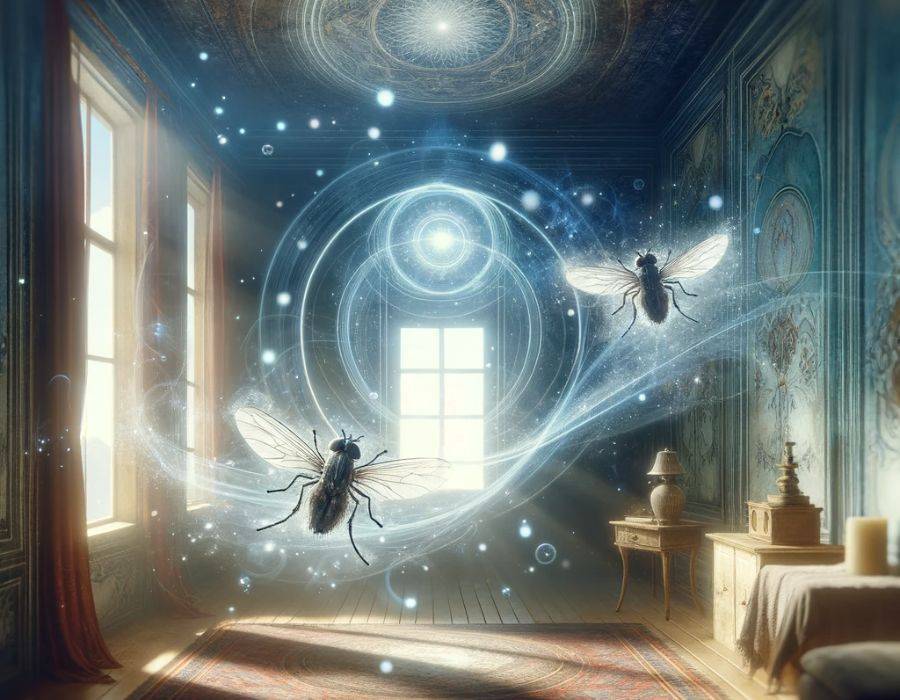
Many Native American traditions view flies through a markedly different lens – as spiritual intermediaries capable of traveling between physical and spiritual realms. The Lakota, in particular, have rich traditions regarding insect messengers, with flies often appearing in dream interpretation practices.
In these traditions, a fly entering the home might be carrying messages from ancestors or spirit guides. Rather than being shooed away, the fly might be observed carefully for the direction it takes or where it lands, as these details could reveal the nature of its message.
The cyclical nature of life – birth, death, decomposition, and rebirth – features prominently in Native teachings about flies. Their role in decomposition is not seen as gross or unclean, but as a necessary and sacred part of returning physical matter to the earth for new life to emerge.
Modern practitioners have adapted these traditional perspectives by creating mindful observation practices. When flies appear in the home, instead of immediate irritation, they pause to consider what message might be present, or what cyclical process might be unfolding in their lives.
Eastern Philosophical Views
Buddhist teachings often reference flies to illustrate profound concepts about impermanence and mindfulness. The Dhammapada, a collection of sayings attributed to Buddha, uses the fly’s brief lifespan to remind practitioners of life’s fleeting nature.
One famous Buddhist parable tells of a monk who spent years trying to perfect his meditation by eliminating all distractions, including flies. Only when he learned to accept the fly’s presence – making it part of his meditation rather than an obstacle – did he achieve true mindfulness.
Taoist philosophy emphasizes natural cycles and the balance of opposing forces. The fly’s role in decomposition is viewed not as repulsive but as an essential part of nature’s wisdom. What appears to be decay is actually transformation – a concept central to the Taoist understanding of change.
These Eastern perspectives invite us to consider flies in our homes not as problems to eliminate but as teachers of profound acceptance. They remind us that what we perceive as annoying or unwanted might carry important spiritual lessons about embracing the full spectrum of existence.
Common Questions About Flies in Homes
Are Flies Always a Negative Spiritual Sign?
One of the most persistent misconceptions about flies in spiritual contexts is that they’re always harbingers of negativity. This oversimplification ignores the rich symbolic tapestry across different traditions. While Biblical perspectives often associate flies with corruption or punishment, Egyptian culture celebrated flies as symbols of courage and persistence.
The spiritual meaning of flies depends greatly on context – including timing, quantity, and behavior. A single fly appearing during a moment of meditation might carry very different significance than a sudden infestation during a period of household discord. Many traditions emphasize that it’s not the presence of flies itself that’s meaningful, but your intuitive response and the patterns surrounding their appearance.
Rather than assuming flies are “bad omens,” spiritual practitioners often suggest approaching them with curiosity. What might this messenger be showing you about your current life circumstances? What transformations might be underway that require attention?
Do Different Types of Flies Carry Different Meanings?
Just as birds of different species carry distinct symbolic meanings, various types of flies may convey different spiritual messages. House flies, with their connection to human dwellings, often relate to domestic matters or family dynamics. Their appearance might invite reflection on home life and relationships.
Fruit flies, drawn to ripening and fermenting food, can symbolize abundance, harvesting of efforts, or sometimes overindulgence. Their sudden appearance might coincide with a time when you’re “reaping what you’ve sown” in some area of life.
Horse flies and larger biting flies often carry more intense associations with wake-up calls or necessary discomfort that prompts action. Their more aggressive nature might signal areas of life where passivity is no longer serving you.
Even color variations can carry significance – iridescent green bottle flies with their metallic sheen have been associated with transformation and beauty emerging from decay, while darker flies might connect to shadow work or unconscious aspects of self.
How Can I Distinguish Between Ordinary Pest Problems and Spiritual Messages?
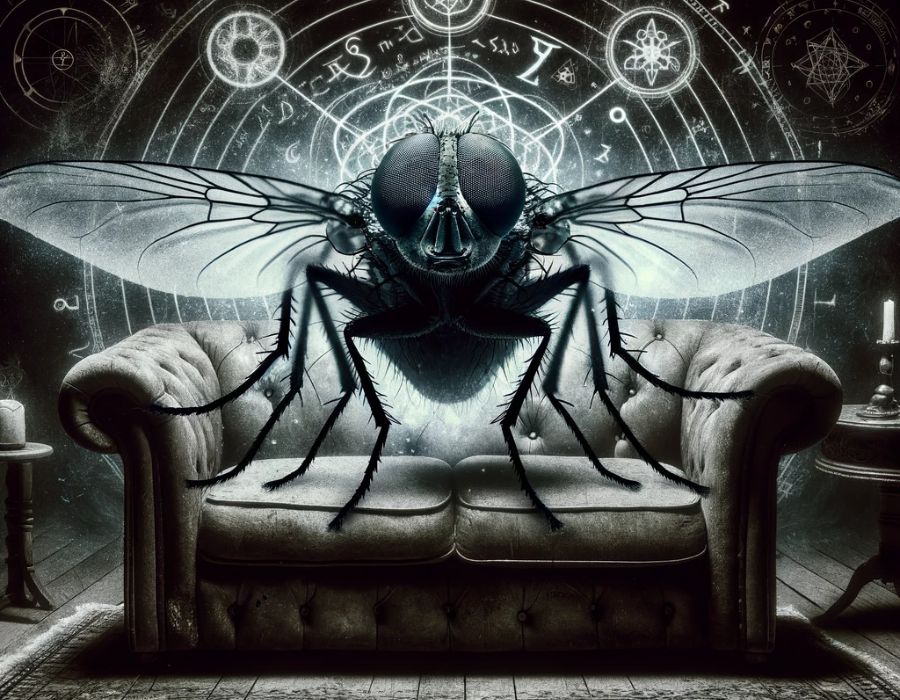
This question touches on the practical wisdom needed for balanced spiritual discernment. While remaining open to symbolic meanings, it’s equally important to address real-world conditions. The first step is practical assessment – checking for obvious sources like food waste, standing water, or entry points around windows and doors.
Spiritual messages often manifest through patterns and synchronicities. A single fly that repeatedly returns despite practical measures, or flies that appear during significant conversations or life decisions, may carry symbolic weight. Pay attention to timing – flies appearing during prayer, meditation, or emotional breakthroughs often have stronger spiritual implications.
Your intuitive response provides crucial guidance. Does the fly’s presence evoke curiosity or specific insights rather than mere annoyance? Does it coincide with recurring thoughts or dreams? These subjective experiences often differentiate between ordinary pest situations and meaningful spiritual encounters.
Remember that practical action and spiritual interpretation aren’t mutually exclusive. You can both clean your kitchen thoroughly AND contemplate what area of your life might benefit from similar cleansing and renewal.
Practical Applications: Working with Fly Energy
The Fly Totem Meditation Practice
For those drawn to work with fly symbolism more intentionally, this meditation practice offers a structured approach to accessing the fly’s wisdom. Begin by creating a sacred space for contemplation – a quiet room with minimal distractions where you can sit comfortably for 15-20 minutes.
The visualization process forms the core of this practice. Close your eyes and imagine a fly in as much detail as possible – its iridescent body, compound eyes that see in all directions, rapid movements, and incredible aerial agility. Feel yourself connected to these qualities, recognizing them as potential aspects of your own consciousness.
Next, engage in perspective-shifting by imagining yourself becoming the fly. How does the world look through compound eyes? How does it feel to move with such speed and freedom? What would it be like to experience such a concentrated, brief lifetime? This exercise in radical perspective shift helps develop cognitive flexibility and empathy.
Finally, return to your human perspective and journal about the insights gained. What aspects of fly consciousness might serve you in your current life challenges? Perhaps its persistent nature could help with a difficult project, or its ability to see in multiple directions could aid decision-making.
Regular practice of this meditation can enhance emotional resilience and adaptability. By connecting with the fly’s energy, we learn to navigate life’s changes with greater ease and find strength in unexpected places.
Home Cleansing Rituals From Various Traditions
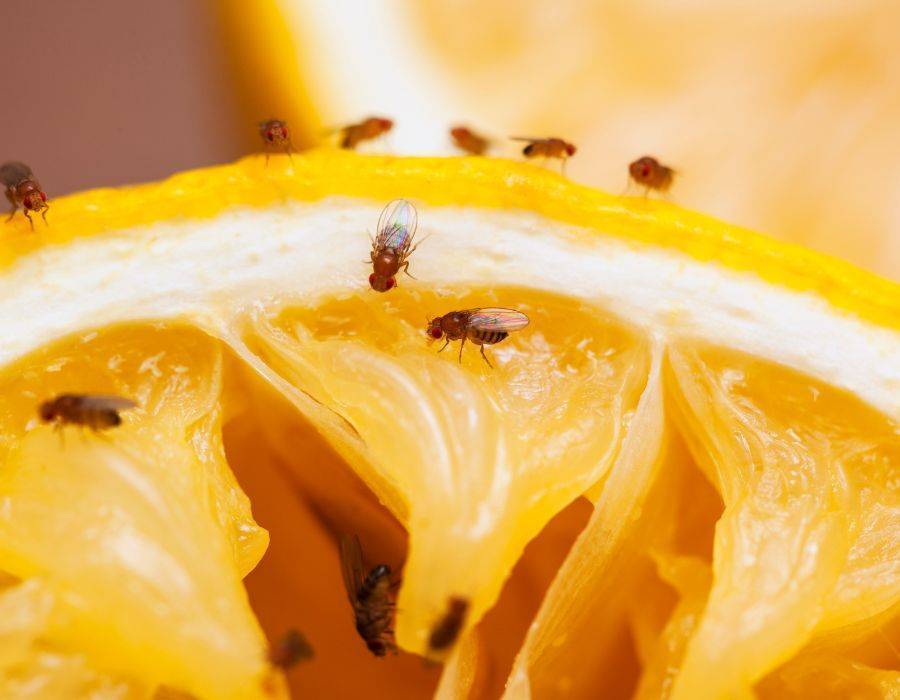
Across cultures, the appearance of flies has inspired specific cleansing practices that address both physical and energetic hygiene. Native American smudging with white sage creates smoke that purifies spaces while symbolically carrying prayers to the spirit world. When adapted specifically for fly-related concerns, special attention is given to windows, doorways, and thresholds – the liminal spaces between worlds.
African purification ceremonies, particularly those from West African traditions, use specific herbs and prayers to clear unwanted energies that flies might represent. These practices acknowledge flies as potential messengers while also establishing energetic boundaries around the home.
European folk traditions have developed their own approaches, from hanging bundles of herbs like lavender and rosemary (which naturally repel insects while purifying energy) to specific prayers and chants spoken while cleaning the home. These practices blend practical action with intention setting.
Modern adaptations often incorporate essential oils known for both their insect-repelling properties and energetic cleansing effects. Lemon, eucalyptus, and clove oils are particularly effective, especially when applied with intention to doorways and windows while affirming the type of energy you wish to invite into your space.
Whatever tradition resonates with you, the key element is combining physical cleaning with conscious intention. As you sweep, mop, or dust areas where flies have gathered, visualize clearing away stagnant energy and creating space for renewal.
The Shadow Wisdom of Flies: Embracing Decay and Renewal
Perhaps the most profound spiritual lesson flies offer is their essential ecological role in breaking down what no longer serves. Flies and their larvae are nature’s decomposers, transforming death back into the building blocks of new life. This function, though often viewed with disgust, is actually a sacred service to the continuation of life itself.
The spiritual parallel to our personal transformation is striking. Just as flies help break down physical matter, their symbolic presence might indicate areas of our lives, relationships, or beliefs that require decomposition before new growth can emerge. When flies appear in unusual numbers, they might be highlighting what needs to be released.
Flies remind us of necessary endings – the uncomfortable but essential phases of letting go. In nature, nothing is wasted; everything transforms. The fly teaches us that what appears to be loss or decay is actually part of a larger regenerative process. Without decomposition, the cycle of life would stagnate.
This regenerative wisdom appears in decomposition processes across nature. When a forest tree falls, flies and other decomposers transform it into rich soil from which new saplings grow. Similarly, our ended relationships, failed ventures, or abandoned dreams aren’t truly losses but fertile ground for what comes next.
Contemporary spiritual teachers like Joanna Macy and Francis Weller have incorporated fly symbolism in their work on ecological grief and personal transformation. They invite us to honor decay and endings as essential parts of wholeness rather than experiences to be avoided.
Common Misconceptions About Flies in Spiritual Contexts
One of the most limiting misconceptions about flies is their reduction to merely “unclean” creatures. This stereotype, while rooted in their association with decay, overlooks their sophisticated ecological role and symbolic depth. Moving beyond this limited view allows us to access the hidden wisdom flies offer as spiritual symbols.
Historical misinterpretations continue to influence our perception of flies. Medieval texts often twisted earlier symbolism to fit moral narratives, portraying flies exclusively as signs of sin or demonic influence. These interpretations reflected the cultural fears and control mechanisms of their time rather than balanced spiritual understanding.
Modern spiritual practitioners are actively reclaiming fly symbolism, recognizing the value in embracing all aspects of nature as teachers. Rather than dismissing flies as merely disgusting or meaningless, they’re exploring the rich symbolic tradition across cultures and incorporating this wisdom into contemporary practice.
The danger of one-dimensional interpretations extends beyond flies to all spiritual symbolism. Reducing any creature or sign to simply “good” or “bad” misses the nuanced messages they might carry. Spiritual maturity involves holding paradox – understanding that the same symbol might represent both challenge and blessing, depending on context.
Cross-cultural study reveals how different traditions have emphasized various aspects of fly symbolism. From Egyptian reverence to Buddhist acceptance to Christian caution, these diverse perspectives together create a more complete picture than any single tradition alone can provide.
The Deeper Meaning: Flies as Threshold Guardians
In many spiritual traditions, flies occupy a special role as guardians of liminal spaces – the thresholds between different states of being. Their ability to move freely between decomposing matter and the open air symbolizes their capacity to navigate between worlds. This quality makes them powerful symbols for spiritual transition periods.
Flies often mark transitions in spiritual development, appearing during times of significant personal change. Practitioners report increased fly presence during spiritual awakenings, major life decisions, or periods of intense emotional processing. These appearances aren’t coincidental but reflect the fly’s association with transformation and boundary-crossing.
The guardian aspects of fly presence can be understood as protective rather than threatening. Just as guardian deities in temples might appear fierce to ward off those who approach sacred space with impure intentions, flies might be ensuring that we approach personal transformation with the necessary seriousness and commitment.
Personal stories of transformative encounters with flies abound in spiritual literature. One practitioner described a persistent fly that appeared during meditation retreats, always landing nearby during moments of profound insight. Another recounted dreams of flies preceding major life changes that ultimately led to greater authenticity and purpose.
Perhaps most importantly, flies remind us of the role that smaller beings play in cosmic awareness. In a culture that often values the large and dramatic, flies represent the power of the humble and overlooked. Their presence teaches us that spiritual messengers need not be grand or beautiful to carry profound truth.
FAQ
What is the spiritual meaning of flies in dreams?
Flies in dreams often symbolize persistent thoughts or unresolved issues demanding attention. They may represent feelings of guilt, contamination, or decay in your emotional life. Alternatively, they can indicate an upcoming transformation or the need to examine something you’ve been avoiding. The dream’s emotional tone and the fly’s behavior provide crucial context for interpretation.
Why do I keep seeing flies in my house?
From a spiritual perspective, recurring flies in your home might suggest the need to cleanse negative energy or examine what’s decaying in your life situation. They could be messengers highlighting areas needing attention or transformation. Consider what’s happening in your life when they appear, as flies often emerge during times of significant personal change or stagnation.
What does it mean when a fly follows you?
A fly persistently following you may indicate a spiritual message requiring your acknowledgment. In many traditions, this behavior suggests ancestral communication or that you’re entering a transformation period. The fly may be drawing attention to something you’re overlooking or serving as a reminder to stay persistent in your own pursuits.
Are flies a bad omen?
Contrary to common belief, flies aren’t inherently negative omens. Their spiritual meaning is contextual and nuanced. While Biblical traditions associate them with decay or punishment, Egyptian culture revered them as symbols of courage. Rather than assuming flies are “bad,” consider what specific aspect of transformation, cleansing, or persistence they might be highlighting in your current circumstances.


